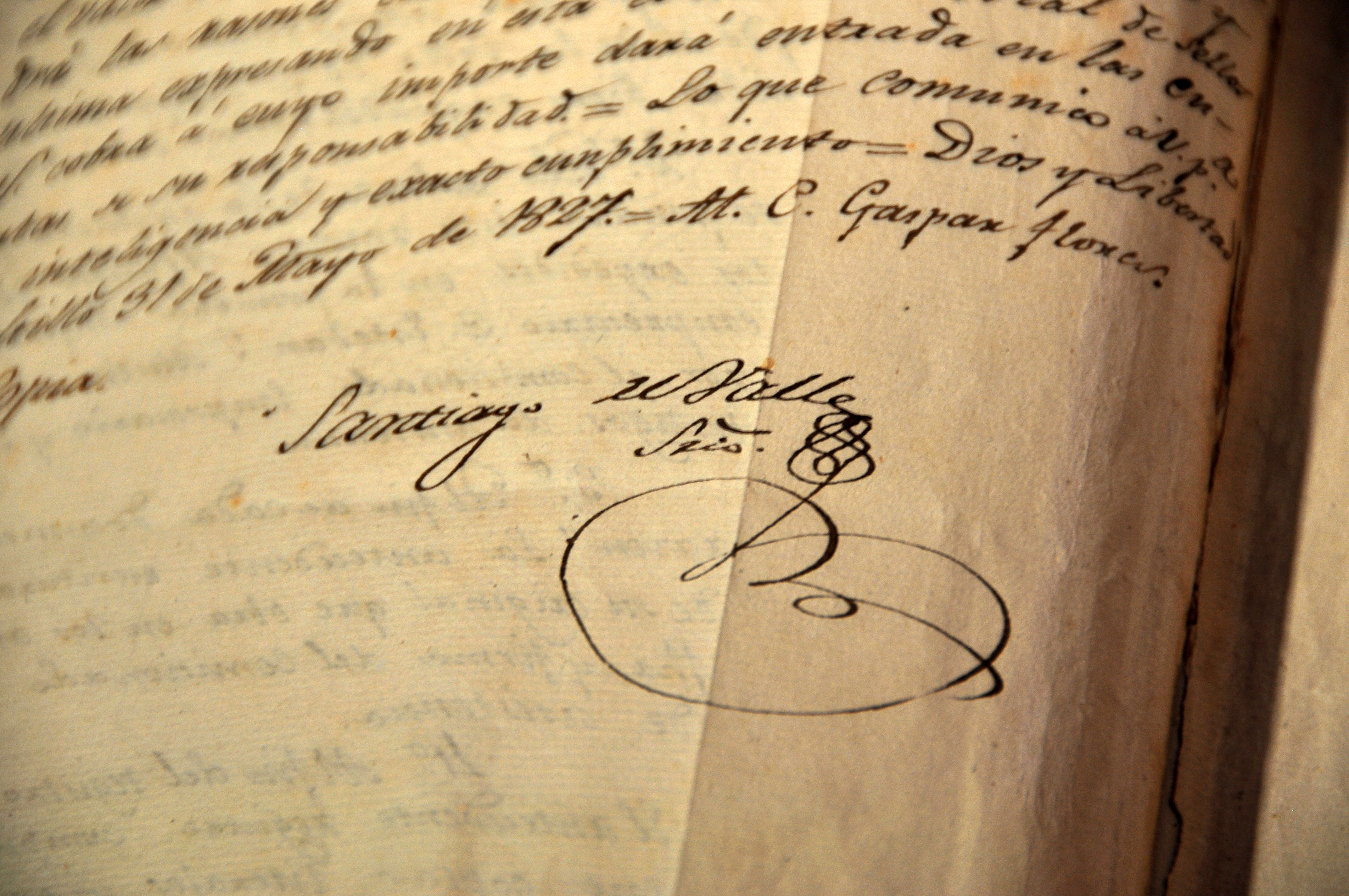County/Region:
Lower Coast
Project Partner/Recipient:
Valley Proud Environmental Council
Summary:
Valley Proud Environmental Council continued the Captain Crab Clean Beach Media and Education Campaign and translated the Captain Crab Puppet Show into Spanish.
County/Region:
Lower Coast
Project Partner/Recipient:
Valley Proud Environmental Council
Summary:
Valley Proud Environmental Council continued the Captain Crab Clean Beach Media/Education Campaign by making Captain Crab coloring page/placemats to combat beach litter and educate the public about the environmental and legal consequences of littering.
County/Region:
Cameron
Project Partner/Recipient:
Valley Proud Environmental Council
Summary:
Valley Proud Environmental Council continued the Captain Crab media campaign by updating existing materials for print, radio, and TV. The expanded program included a custom designed Captain Crab mascot with accompanying puppets and educational skit.
County/Region:
Lower Coast
Project Partner/Recipient:
Valley Proud Environmental Council
Summary:
Valley Proud Environmental Council continued to expand the Captain Crab Clean Beach Media/Education Campaign and the Captain Crab Puppet Show through the world wide web and the educational outreach initiative.
County/Region:
Lower Coast
Project Partner/Recipient:
Valley Proud Environmental Council
Summary:
Valley Proud Envionmental Council continued to expand the Captain Crab Clean Beach Media/Education Campaign and the Captain Crab Puppet Show through the world wide web and their educational outreach initiative.
County/Region:
Lower Coast
Project Partner/Recipient:
Valley Proud Environmental Council
Summary:
Valley Proud Environmental Council continued to expand the Captain Crab Clean Beach Deputy Program and the Captain Crab Puppet Show to new elementary campuses.
County/Region:
Calhoun
Project Partner/Recipient:
Texas A&M AgriLife Research
Summary:
The Carancahua Bay Habitat Preservation and Enhancement Project constructed approximately 3 miles of living shoreline to prevent further erosion and degradation of wetland habitat in Carancahua Bay.
County/Region:
Cameron
Project Partner/Recipient:
Cameron County Drainage District #1
Summary:
Cameron County Drainage District #1 transformed the 45-acre tract behind its offices into a thematic public park to educate the public on water related issues.
County/Region:
Coastwide
Project Partner/Recipient:
Texas A&M University - Corpus Christi
Summary:
Twxas A&M University- Corpus Christi worked with the Texas State Aquarium to develop tools, lesson plans, and simplified models using real data to educate students about Texas coastal food webs and the nature of scientific data collection and use.
County/Region:
Nueces
Project Partner/Recipient:
University of Texas - Marine Science Institute
Summary:
The University of Texas determined the causes and effects of hypoxia in Corpus Christi Bay.
County/Region:
Nueces
Project Partner/Recipient:
Texas General Land Office
Summary:
This project constructed a geotextile tube shoreline protection structure for an established bird-nesting island in Nueces Bay. An alternatives analysis, engineering design, permitting, and construction were completed.
County/Region:
Nueces
Project Partner/Recipient:
Coastal Bend Bays & Estuaries Program
Summary:
Coastal Bend Bays and Estuary Program completed data collection, aerial imagery and alternatives analysis for Causway Rookery Island restoration.
County/Region:
Nueces
Project Partner/Recipient:
Coastal Bend Bays & Estuaries Program (CBBEP)
Summary:
This project included engineering and design, alternatives analysis and permitting for a structure designed to protect the east side of Causeway Island.
County/Region:
Project Partner/Recipient:
Coastal Bend Bays & Estuaries Program (CBBEP)
Summary:
The project entailed 3,400 linear feet of shoreline protection in the form of breakwaters around a bird rookery island. The system will include 9 breakwater segments of various lengths between 175 to 1,050 feet in length.
County/Region:
Galveston
Project Partner/Recipient:
Galveston Bay Foundation
Summary:
Galveston Bay Foundation coordinated and launched a regional Cease the Grease campaign by working with a stakeholder workgroup, developing marketing and outreach materials, creating a distribution plan, and tracking campaign progress.
County/Region:
Galveston
Project Partner/Recipient:
Galveston Bay Foundation
Summary:
The Galveston Bay Foundation developed new and improved marketing and outreach materials, created an updated distribution plan and track campaign progress, and launched a pilot community grease recycling program.
County/Region:
Aransas
Project Partner/Recipient:
Aransas County Navigation District
Summary:
County/Region:
Harris
Project Partner/Recipient:
Save Cedar Bayou, Inc.
Summary:
County/Region:
Aransas, Calhoun
Project Partner/Recipient:
Save Cedar Bayou, Inc.
Summary:
This project continued the final design and permitting of a feasible alternative for marsh restoration.
County/Region:
Brazoria
Project Partner/Recipient:
Texas A&M University - Corpus Christi
Summary:
Texas A&M University - Corpus Christi collected current water quality data that provides adequate, up-to-date information to reassess the Cedar Lakes area for oyster use.








